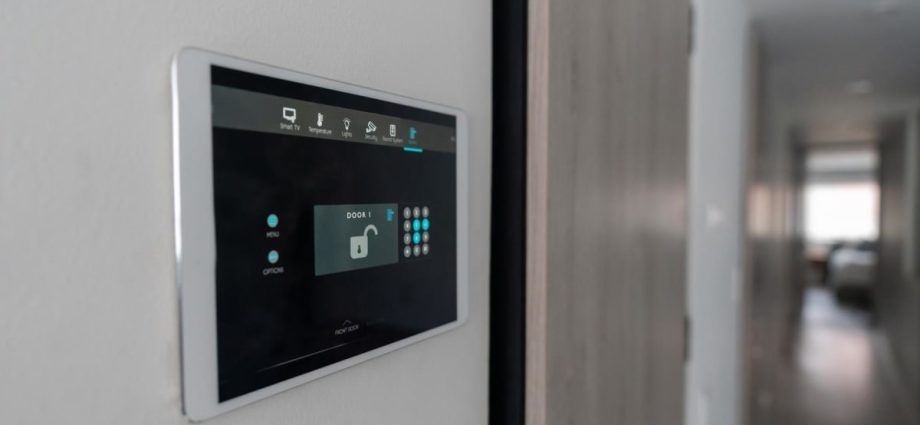
WHAT SERVICE PROVIDERS ARE DOING
Telcos and IoT service providers told CNA they are contacting customers about network migration and upgrading or replacing their devices if connectivity is going to be affected.
A Singtel spokesperson said only a “very small proportion” of its IoT customers use 3G, and the telco is working closely with them to facilitate migration to newer networks.
M1’s IoT services are not affected by the retirement of the network as its 3G SIM cards are 4G-ready, a spokesperson said, adding that customers would need to ensure their IoT equipment can support 4G.
The spokesperson added that many customers are already working with their partners to customise the hardware with compatible SIM card inserts.
M1 has also been offering equipment refreshes by providing 4G- or 5G-capable routers to customers that do not require any hardware customisation.
One service provider is checking the vehicle monitoring systems of luxury cars across Singapore to ensure that their SIM cards are compatible with newer networks.
The SIM cards of most of these vehicles were issued in their country of manufacturing, said Mr Patrick Lim, director for group strategy at Ademco Security Group, which provides security and fire protection solutions.
The car manufacturers may use older SIM cards to save costs. Ademco will be communicating with the manufacturers about this, including on whether vehicle recalls will be needed to upgrade the SIM cards, he said.
Another group at risk of losing connectivity are the enterprises that choose to run their security and fire protection systems by themselves in-house after the service provider has set it up, said Mr Lim.
With time, these customers may forget about the arrangements in place, and may not be up to date on the 3G network retirement, he said.
While the proportion of such customers is not big for Ademco, it is “significant enough that I remember them”, said Mr Lim.
He added that during the previous retirement of the 2G network in April 2017, some such customers on 2G connections experienced disruption.

